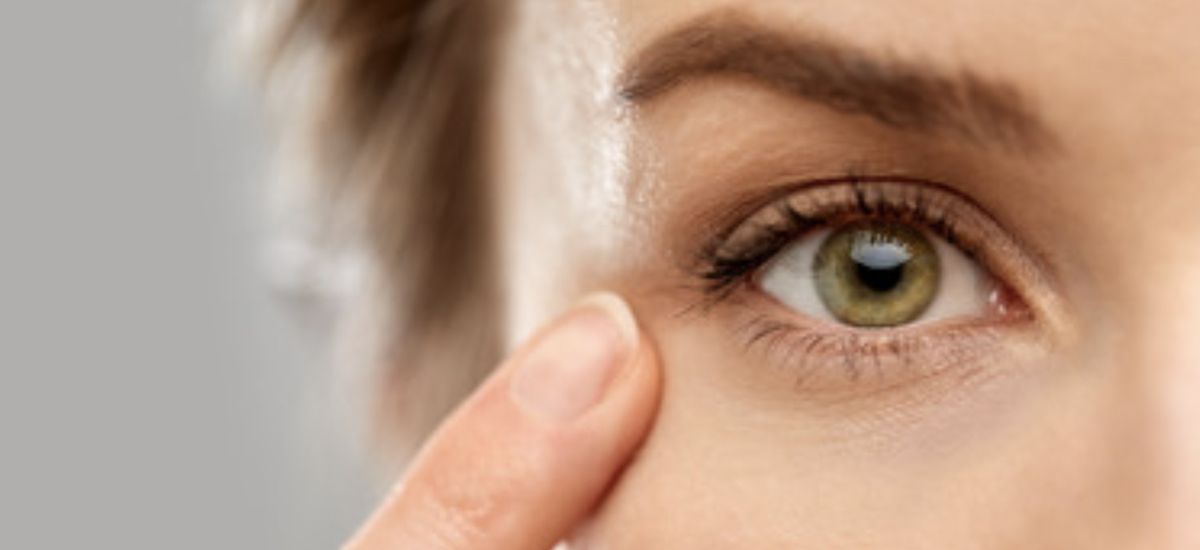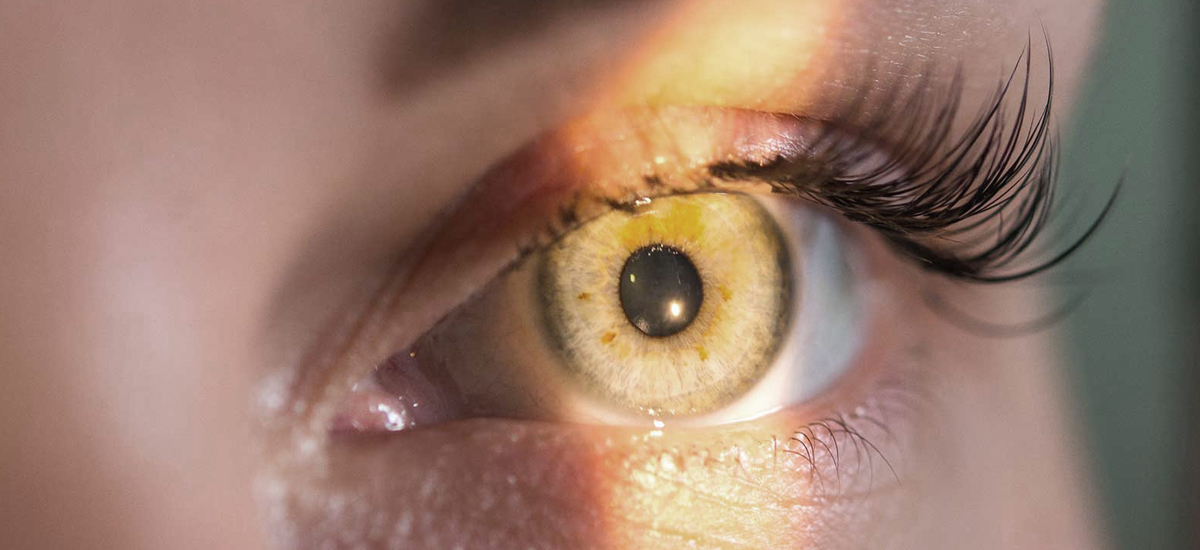How Do I Know If My Child’s Glasses Fit Well?

Once your child has gotten their first pair of glasses, you might wonder, ‘How do I know if my child’s glasses fit well?’ Fitting children’s glasses go far beyond the size of the lenses.
Here is what you should know about how glasses should fit on a child:
How do I know if my child’s glasses fit well?
Frames: The frames should be about the size of your child’s face, without touching the skin. They should not extend too far beyond the widest part of your child’s face (usually the cheeks).
Bridge: If your child’s glasses fit at the bridge, they will be less likely to slip down the nose. Plastic frames should have little to no space above the bridge. If you’re looking at frames with nose pads, consider adjustable nose pads to ensure the best bridge fit.
Eye Position: Your child’s eyes should be behind the middle of each lens. The space between the corner of your child’s eyes and the end of each lens should be identical around the eye.
Temples: The temples of your child’s glasses should extend straight to the ear, with no bowing of the frames. Bowing may mean your child needs larger frames. If it looks like the temples are too long for your child’s face and go beyond your child’s ears, your child may need smaller frames.
What else should you know about fitting children's glasses?
When fitting glasses to your child’s face, try on samples if possible. You can look on the inside of the glasses to check the measurements for the bridge, lenses, and temples. This will help you ensure the best fit for your child.
If a child’s glasses are too narrow and tight, they can cause tension or pain around the ears. Tight frames might also cause the temples to push into your child’s skin, resulting in dark red marks.
Heavy glasses with too broad of frames can move out of place, irritating your child. Instead of shopping for frames that may fit your child in the future, look for frames that suit them now.
Summary: How do I know if my child’s glasses fit well?
If your child’s glasses fit correctly, they may keep them on for longer. Asking yourself how to know if your child’s glasses fit well is the first step toward helping your child feel more comfortable in their new eyewear.
How are your child’s glasses supposed to fit?
- The frames should not touch your child’s skin.
- There should be no space between the bridge and glasses.
- Your child’s eyes should be in the middle of each lens.
- The temples of the glasses should be straight.
When buying glasses for your child, remember that a proper fit is fundamental to how they function. And if all else fails, come by your local For Eyes for a free adjustment.
Book your eye exam at For Eyes
Have you had your annual comprehensive eye exam? Schedule an appointment with an Independent Doctor of Optometry at your local For Eyes.











